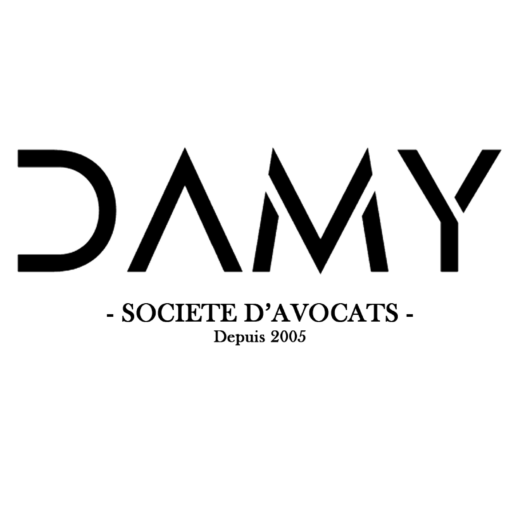Estimated reading time (in minutes)

When the contributed activity is dependent on other ancillary activities, it does not constitute an independent branch of activity, likely to benefit from the partial asset contribution regime. A Company contributed to another company, on the one hand, its activity of manufacturing and marketing of PVC components and, on the other hand, its activity of manufacturing and marketing of rolling shutters. It placed this operation under the preferential regime of partial asset contributions .
During an audit of the accounts, the administration questioned the benefit of this regime on the grounds that the activities contributed do not constitute complete branches of activity for the transferring company. This analysis is confirmed by the Administrative Court of Appeal of Douai.
The court notes that the two activities brought are carried out in a single premises. In addition, the deed of contribution stipulates that the activities of the contributor are “grouped” and that it is impossible to calculate the accounting result specific to each activity.
Moreover, these two activities have in common their administrative services but also the technical, development and transport services.
Consequently, the two activities are not likely to be operated independently within the contributor. The company cannot therefore benefit from the regime of partial contributions of assets.
Nice lawyer, Grégory DAMY Company law, partial transfer of assets
